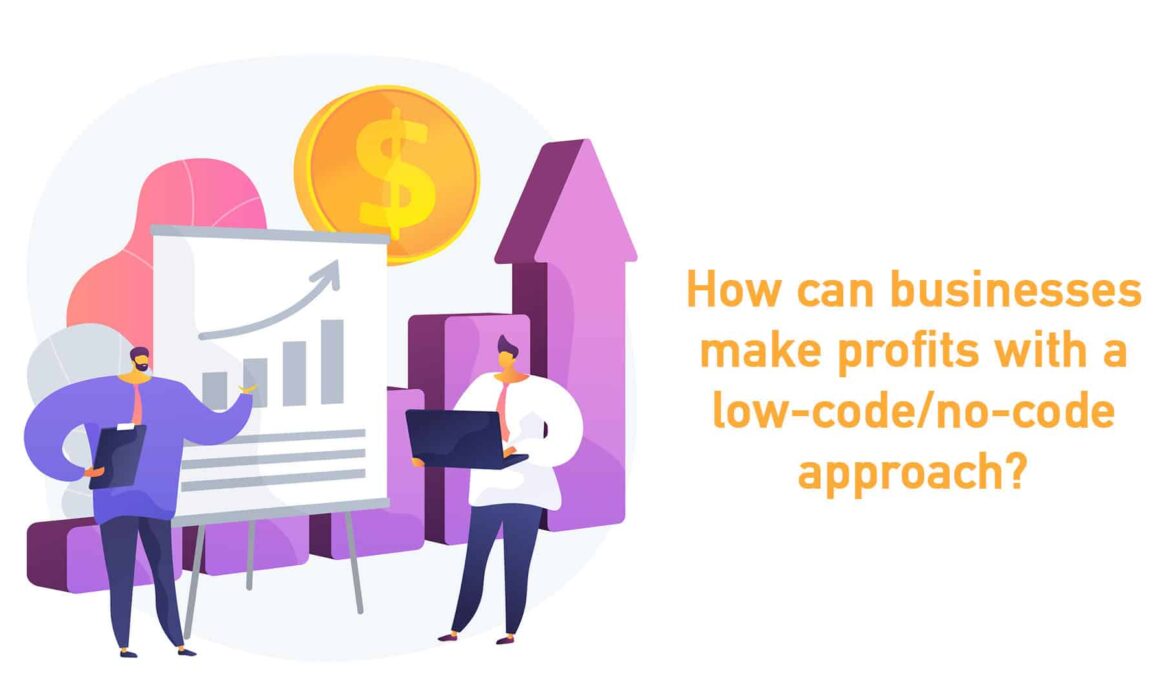 The year 2021 seems to be the year of low-code / no-code app development. Though the low-code approach is still in its nascent stage, businesses are already reaping benefits from it.
The year 2021 seems to be the year of low-code / no-code app development. Though the low-code approach is still in its nascent stage, businesses are already reaping benefits from it.
The month of June has already seen some interesting announcements related to low-code / no-code app development.
Mendix Shows the Way
A notable announcement came from Mendix on June 8, 2021, stating that Dutch’s largest insurance company TVM has partnered with Mendix to develop Bumper, a low-code app that accelerates damage claims processes.
When a vehicle meets with an accident and gets damaged, you can instantly add the damage details into the app and get a detailed report of the damage. It helps you to smartly process damage claims while giving you insights into the process in real-time. As such, damage claims are quickly and efficiently processed while delivering high customer satisfaction.
Amazon Web Services (AWS) enters the Low-code Arena
On June 17 2021, Amazon Web Services (AWS) announced the launch of Workflow Studio, a low-code app development tool that enables organizations to quickly build applications with minimal coding skills on its public cloud platform. So, how do businesses benefit from this AWS low-code / no-code offering?
AWS cloud infrastructure accounts for a majority of cloud usage across the globe. As most businesses run their cloud networks on AWS, it becomes easy for them to take advantage of low-code solutions. While developers use this platform to quickly build applications, business teams with zero coding knowledge can create their apps for day to day business activities. Low-code apps offer faster time to market, reduce development costs, HR-related costs, office footprint etc. It also helps businesses in dealing with the shortage of qualified software professionals.
UI / UX gets better with Infragistics
Low-code or no-code app development platforms focus on enabling users to quickly build apps without writing lengthy code. Regardless of the level of coding, users can quickly build apps using drag-n-drop tools. However, User interface (UI) and User experience (UX) has been a concern for businesses. Currently, low code platforms help you to convert your idea into a prototype while not concentrating on the user experience. Infragistics is now filling this gap.
Cross-platform UI/UX toolmaker Infragistics released a new product Infragistics Ultimate 21.1 on 17th June 2021 which aims to deliver the right UI/UX designs while building low-code apps. It helps business teams to build highly intuitive dashboards with the right UI/UX design. Currently, the IT industry is in shortage of experienced UI/UX professionals. The average salary of a UX designer in the US is $96,529 along with a cash bonus of $5000 per year, as reported by Indeed. San Francisco is the highest paying state for UX designers, paying $140,975 per annum. With Infragistics Ultimate 21.1, organizations can incorporate UI/UX designs into the apps using pre-built templates and tools. As such, businesses can save huge amounts on UI/UX professionals’ salaries while also overcoming the shortage of experienced UI/UX professionals. It also expedites software development projects. As such, businesses deliver a much better customer experience.
Looking at the entrance of IT giants into this segment, it becomes evident that low-code is not just a business hype but is delivering results. So, organizations need to tap these business benefits at the earliest.
Here are 5 important areas wherein businesses are making profits with low-code development:
BizDevOps
BizDevOps is a new buzzword in the development circles in recent times. Low-code app development extends DevOps, incorporating business staff into cross-functional teams to develop customer-centric apps. When a team has a clear understanding of the value stream of the project, customer end-to-end lifecycle, company strategy and business objectives, quality products are built faster and with reduced costs. Shadow IT can be effectively controlled.
Accelerate your Microservices Journey
As businesses are moving away from monolithic systems towards a microservices architecture, low-code app platforms accelerate this process by enabling you to quickly re-architect monolith functions into microservices via APIs. You can start with low-risk apps that highly impact your business processes.
Self-serving customer-centric portals
Business teams that are involved with customers know what customers need from a business. Searching for the company services, getting a quote, paying bills, getting an answer is a few of them. As such, business teams without coding knowledge can quickly build a self-serving web portal to address customer-specific needs. In addition, companies can quickly build a mobile app and serve customers.
Optimized Costs
Low-code / no-code app development platforms eliminate the need to hire expensive software engineers. With low-code platforms, you can quickly and cost-effectively build and deploy business applications with ease. Advanced features and integration tasks can be handed over to senior developers. That way, you can reduce the software team size and the office footprint. While it saves operational costs, you don’t have to go through the tedious hiring process. Bonuses, insurances and HR-related compliances can be avoided too.
Customer satisfaction is the key
Apps build on low-code platforms are highly customer-centric as they are built by people who interact with customers. Often, sales guys complain about the inefficient processes designed by IT teams that will make the customer leave away before closing a sale. When the sales guy creates the app, he knows what should be included and what shouldn’t. So, businesses can make more sales and generate revenues. More satisfied customers mean repeat business and new references as well.
Several companies have already started to benefit from low-code app platforms. What about your organization?






